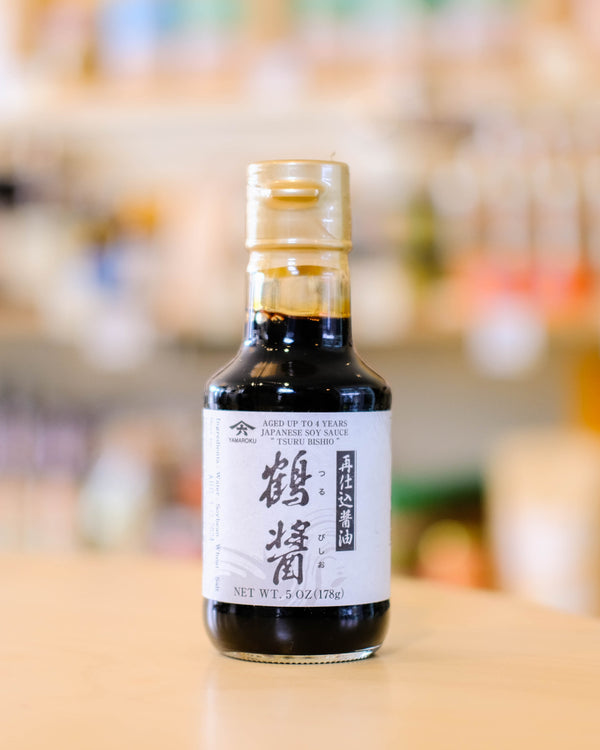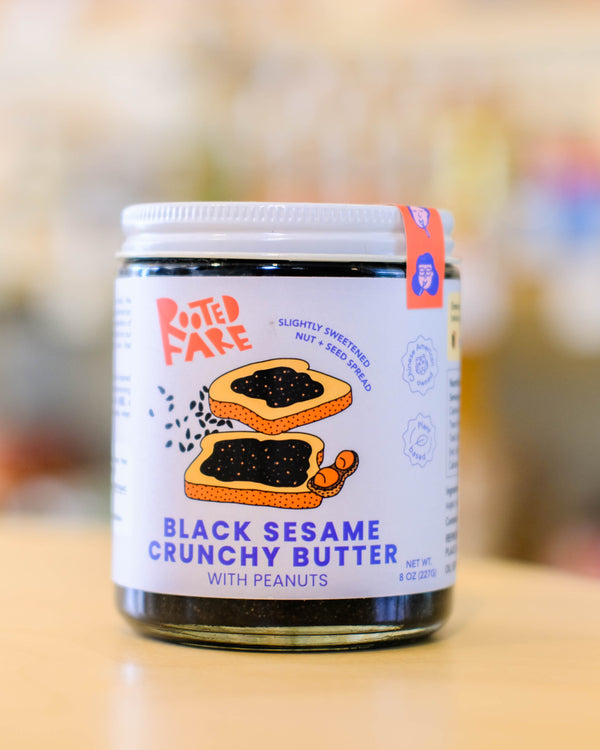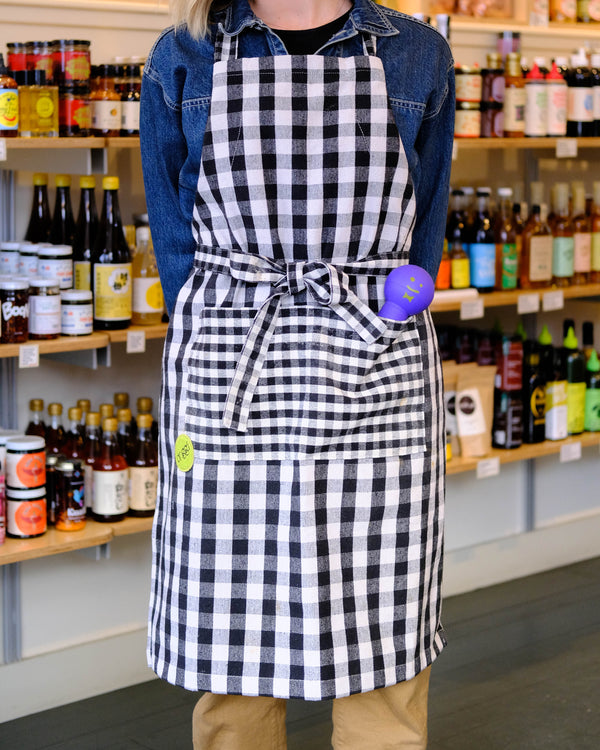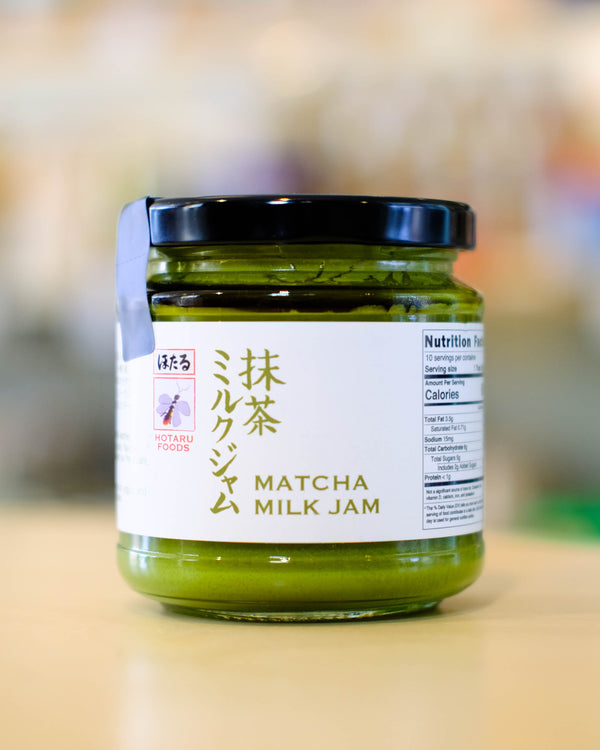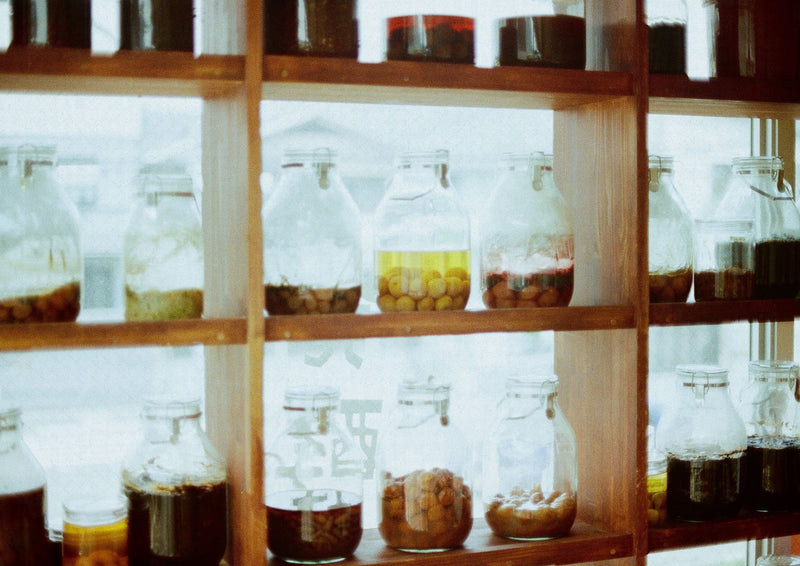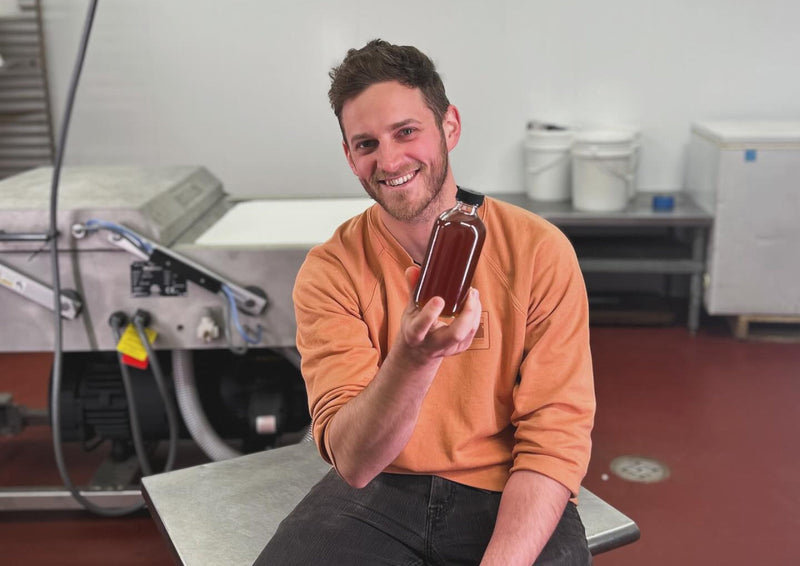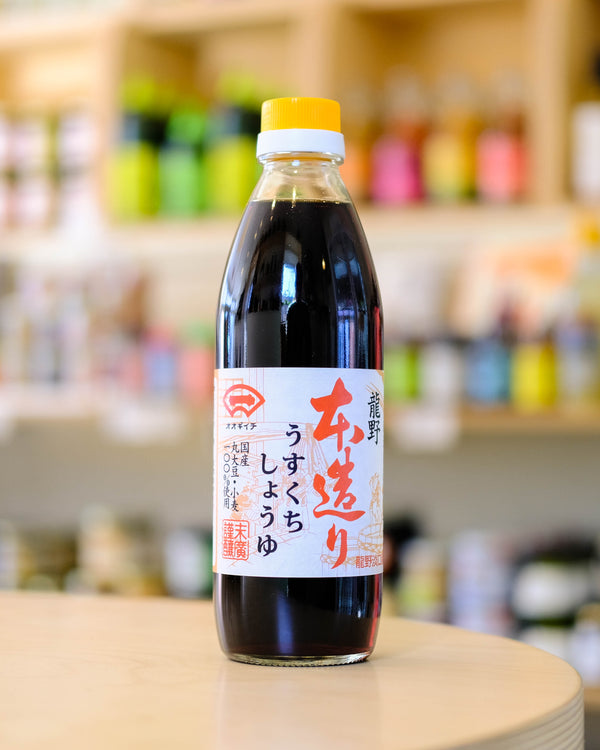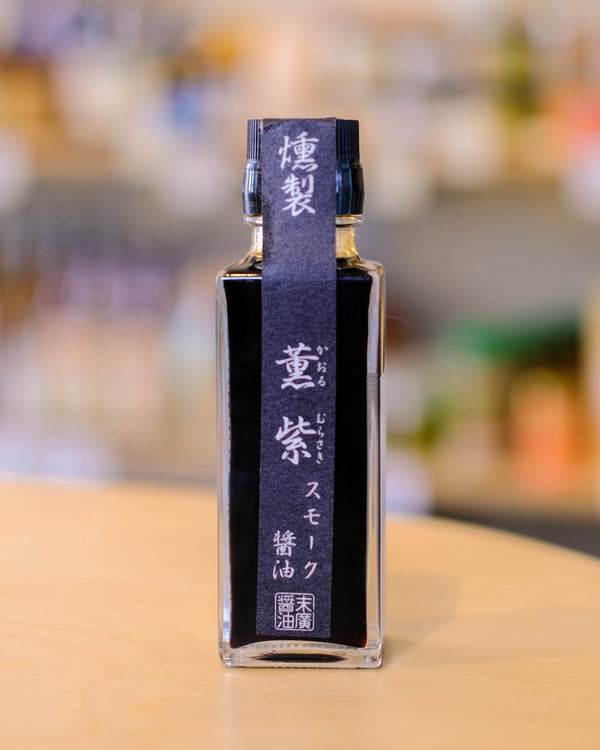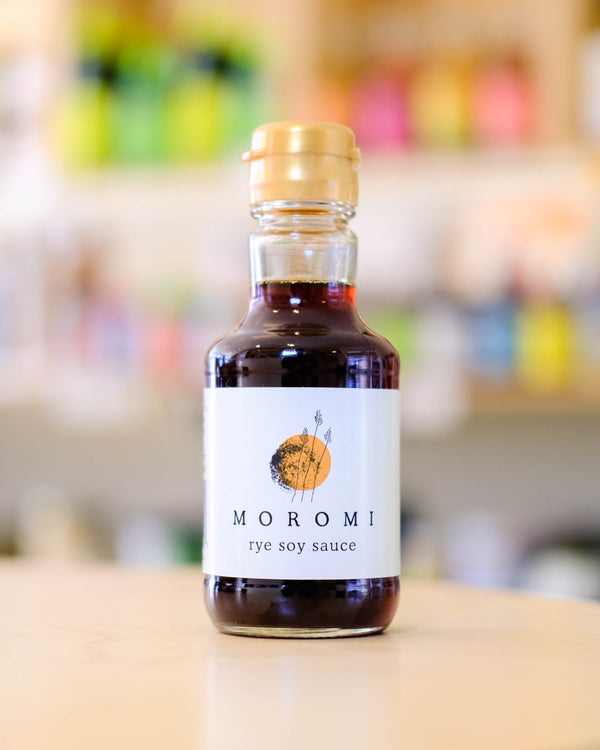For centuries, soy sauce has been a beloved condiment in many cultures around the world. This complex food is traditionally fermented and used throughout a huge variety of cuisines as a rich flavor component.
From light styles to deep umami brews, soy sauce is a critical part of our every day at Onggi, and a great way to connect with artisans continuing to honor its rich history through traditional fermentation.
The story of soy sauce
Soy sauce has been a beloved condiment and flavor enhancer for thousands of years. Its complex and unique flavor has been shaped by time honored fermentation knowledge, process, and dedication.
Soy sauce is believed to have originated in ancient China over 2000 years ago, with the earliest known reference being found in the Qimin Yaoshu—an ancient Chinese agricultural encyclopedia written in 544 CE. This text describes a method of making soybean paste, the precursor to modern-day soy sauce. From there, it spread throughout East Asia before eventually making its way to Japan in the late 16th century.
Making soy sauce
Making soy sauce is a long and attention demanding process. Makers start with water, soybeans, wheat, salt, and the magical koji. Koji is a mold—a happy worker bee that is the fermentation conduit for staples like miso, sake, and soy sauce. Soybeans are soaked and steamed, wheat is roasted and crushed, then all is mixed with koji and left to ferment. Salt and water are mixed together, then added to the wheat, soybean, and koji mixture. This salty mixture is ready to age—usually for the better part of a year or more—in wooden barrels, stainless steel tanks, or clay onggi, depending on the producer’s preference. Once aged, the soy sauce is filtered and ready to bottle.

Regional and producer preferences let makers get creative—many makers add other ingredients to their soy sauce like ginger, garlic, or mirin. And also try all sorts of variations in their soybeans and wheat!
In today’s modern world, not everything is done the traditional way. Modern manufacturing processes are quicker but often involve the use of chemical additives like hydrochloric acid or sodium benzoate in order to speed up production and preserve flavor during storage. While these chemicals can keep sauces shelf-stable for longer periods of time, they affect taste and texture leading to less complexity than traditionally fermented sauces possess. We prefer to work with the folks who do things the old way, like Yamaroku.
Yamaroku has been in the soy sauce game in Japan for over 150 years. Their current shoyu maker is the fifth generation at Yamaroku. They brew their soy sauce in over 100 year old huge cedar barrels, between 3,000 and 6,000 liters in size. The lactobacilli and yeast fungi in these old barrels have been working for over a century, imparting a unique touch to the soy sauce itself. Temperature control? Chemical additives? Not for these guys. Everything is done the old fashioned way, requiring a ton of expertise and patience by the makers. The result is a super umami soy sauce that will change the way you look at the condiment altogether. Their Tsuru Bishio is aged for four years!
The impact that different production methods have on taste is profound. Traditional fermentation generally creates stronger umami flavors while modern techniques tend to produce lighter tasting sauces with lower complexity. There’s immense detail behind every bottle of soy sauce.
Soy Sauce? Shoyu? Tamari? Which is it?
When it comes to soy, there are a ton of different options. Shoyu is a type of soy sauce, specifically referring to Japanese soy sauce. It can be dark or light, and always has wheat. Soy sauce and tamari, however, aren’t the same. They’re two condiments of Asian origin that have a common history, but they offer distinct flavor profiles.
While soy sauce is made with wheat, tamari, often a darker hue than soy sauce, is usually produced without wheat, often making it gluten-free (GF folks should still check the label). That’s because tamari is often made as a by-product of making miso, which doesn’t require wheat in its fermentation process.
Use it!
My friends will tell you—I put soy sauce on everything. Rice, sushi, stir fry, noodles, even ice cream. A couple of drops of umami rich soy sauce seem to make everything more delicious. A small amount of soy sauce added when preparing tofu, beef, or pork will help bring out their natural sweetness while adding an extra layer of flavor. This same principle holds true for soups, marinades, and other sauces too. A little bit of soy sauce can even give your tomato sauce an umami boost! Personally, I haven’t found a dish I don’t want to drop Yamaroku into.
Our favorite sauces

This is my desert island soy sauce. It’s umami rich, it’s deep, it has body. Let’s be honest, it’s a game-changer. It’ll completely shift your view on what soy sauce tastes like. Aged for four years in hundred year old wooden barrels, it’s a big time shop favorite.

A lighter style of soy sauce, usukuchi soy sauce is a perfect seasoning sauce for cooking. Add a bit of miso and some mirin, and you have my everyday sauce for noodle and rice dishes. Suehiro Shoyu has been brewing traditional shoyu since 1879.

Made in the USA! This Connecticut brewed soy sauce is made with Abruzzi rye wheat, giving it an extra richness and flavor we can’t get enough of.

It’s smoky! It’s caramel-y! It’s light bodied and easy to use. It’s an absolute treat. This smoked soy sauce is great for marinades and BBQs and even stews.



